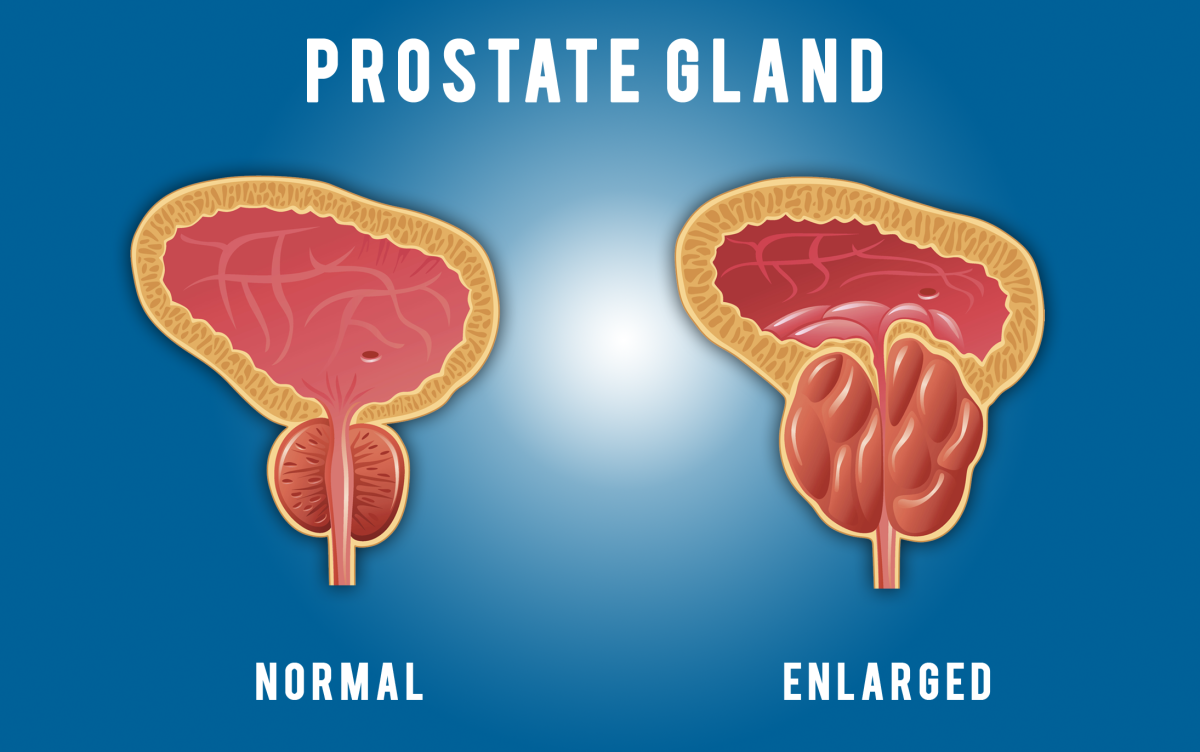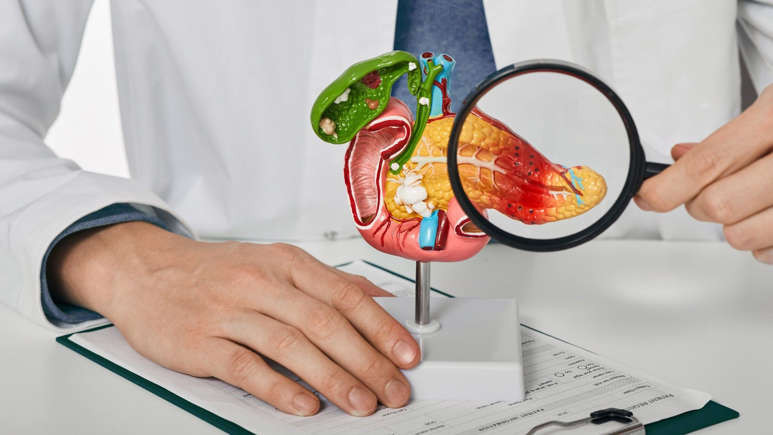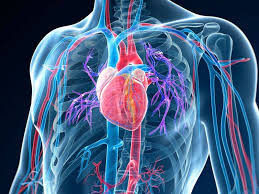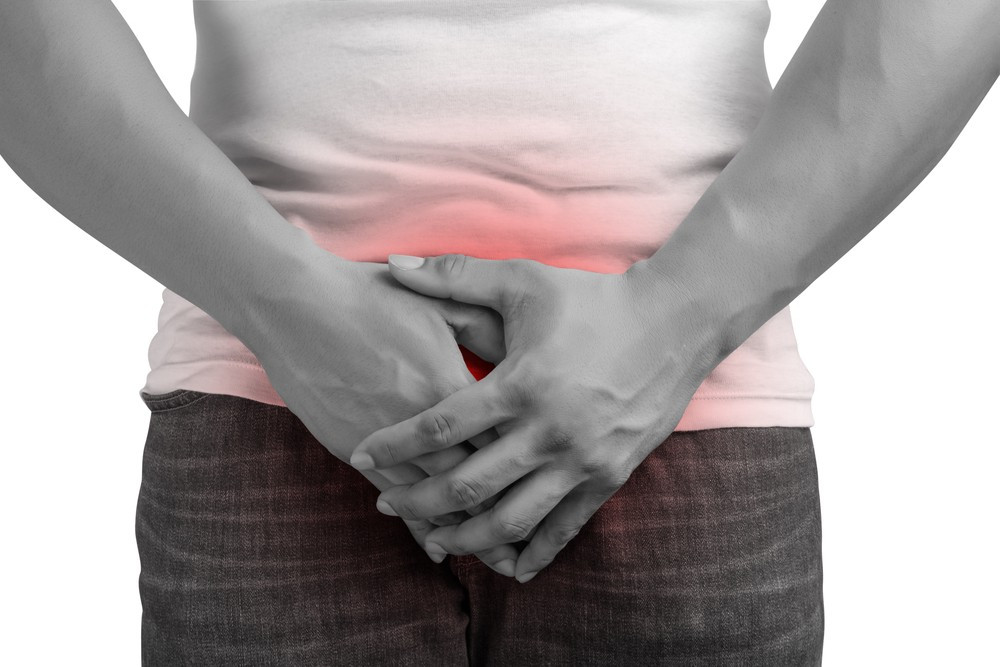King Charles has made public the fact that he is undergoing a procedure for an enlarged prostate, to encourage more men to get theirs checked. So, what are the warning signs men should be looking out for and how does this change as they get older? Here are the symptoms to know about, depending on your age group.
30s. Prostate cancer is strongly related to age and is very rare in young men. Around the world, however, there has been an increase in early onset prostate cancer in men between 15 and 40 years old. While it is not yet known why this rise has occurred, it is thought the type of prostate cancer you get when you’re younger may be different from prostate cancer with a later onset. If you get a prostate cancer diagnosis when you’re younger, it’s more likely to be in a more advanced stage and five-year survival rates are lower. Ashwin Sridhar, consultant urologist at the Princess Grace Hospital (part of HCA UK), specialises in treatment of prostate and bladder conditions. He says: “Prostate cancer is extremely rare in men under 40 and there is nothing you can do prophylactically to reduce risks, however keeping healthy with a good diet and exercise may help. There is also a relationship between smoking and prostate cancer but it’s not definite that smokers will get it.”
40s. Generally, the 40s are still a safe zone, however certain groups may be at higher risk at this time of life, as Dr Sridhar explains: “There are three factors that increase risk — one is age and another is ethnicity. Men from Afro-Caribbean backgrounds tend to be at higher risk and if they do develop prostate cancer it tends to be more aggressive. The third risk factor is having a first-degree relative who has had the disease, such as a father or brother. If this applies to you, you have twice the risk compared with the general population. If more than one direct relative has had the disease, the risk is five times more than the general population. If you have a family history, we suggest talking to a doctor about having a PSA blood test in the first instance, as this test screens for prostate cancer.”
50s . Men in their 50s who have no risk factors should pay attention to their waterworks as from this decade onwards, rates of prostate cancer begin to rise. From 40 to 49, rates in the UK are around 20 per 100,000; from 50 to 54, rates increase to 1,737 per 100,000; and from 55 to 59 it jumps to 4,160 per 100,000. At this age, men should look for signs such as trouble urinating, disrupted flow of urine and trouble emptying the bladder. It is also a good age to start pelvic floor exercises, as Dr Sridhar explains: “If you do get diagnosed, having a good pelvic floor and being generally fit will help if you need treatment.”
60s. Continue to look for possible symptoms. These could include difficulty starting to urinate or emptying your bladder, a weak flow when you urinate, a feeling that your bladder hasn’t emptied properly, dribbling urine after you finish urinating, needing to urinate more often than usual (especially at night) and a sudden need to urinate. You may sometimes leak urine before you get to the toilet. If you are concerned, speak to a GP, and request a screening PSA test.
70s. Rates in the UK peak between the ages of 70 and 74, with an average of 11,153 cases recorded per 100,000 males per year between 2016 and 2018. It remains important to stay fit and healthy. Many men with prostate cancer do not experience symptoms until the disease has spread. This means that they risk being diagnosed too late when the cancer is incurable. If it spreads to other parts of the body, symptoms could include back pain, hip pain or pelvic pain, problems getting or keeping an erection, blood in the urine or semen and unexplained weight loss.
80s. “By the age of 80 and above, 60 to 70 per cent of men will have prostate cancer,” says Dr Sridhar. “At this age, the cancer is not very active, and most patients will live with it as it is unlikely to affect lifespan.”
Source The Telegraph





